-

How to Measure the Conductivity of Water?
Conductivity is a measure of the concentration or total ionization of ionized species such as sodium, potassium, and chloride ions in a body of water. Measuring the conductivity of water requires a professional water quality measuring instrument, which will pass electricity between the substances...Read more -

pH Meter Laboratory: An Essential Tool for Accurate Chemical Analysis
As a laboratory scientist, one of the most essential tools you will need is a pH meter. This device is critical in ensuring that you get accurate chemical analysis results. In this article, we will discuss what a pH meter is, how it works, and its importance in laboratory analysis. What is a pH M...Read more -
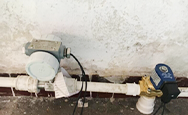
Electromagnetic flow Meter Quantitative Control System Debugging
Our engineers came to Dongguan, the city of the “world factory”, and still acted as a service provider. The unit this time is Langyun Naish Metal Technology (China) Co., Ltd., which is a company that mainly produces special metal solutions. I contacted Wu Xiaolei, the manager of their...Read more -
6 Process Automation Instruments in Water Treatment
Water treatment processes require the use of various instruments to monitor and control the quality of the water. Below are some commonly used instruments in water treatment, along with their principles, features, and advantages. 1.pH meter A pH meter is used to measure the acidity or alkalinity ...Read more -

Selection and Application of Electromagnetic Flow Meter in Sewage Flow Measurement
Introduction The accuracy and reliability requirements for the measurement and control of sewage flow in oilfield sewage treatment stations are getting higher and higher. This article introduces the selection and operation and application of electromagnetic flowmeters. Describe its characteristic...Read more -
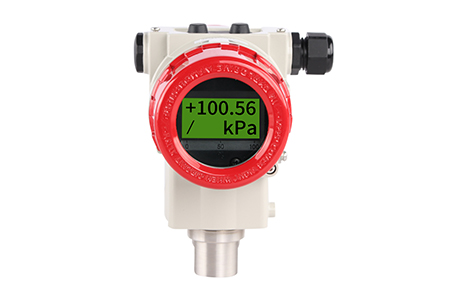
Types of pressure transmitters
Simple self-introduction of pressure transmitter As a pressure sensor whose output is a standard signal, a pressure transmitter is an instrument that accepts a pressure variable and converts it into a standard output signal in proportion. It can convert the physical pressure parameters of gas, li...Read more -
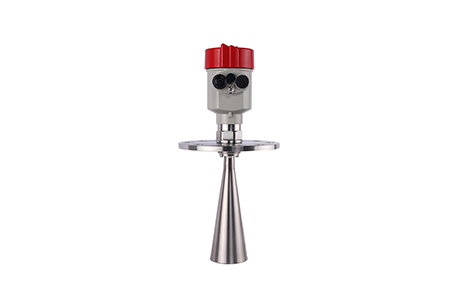
Radar Level Gauge·Three Typical Installation Mistakes
Advantages in the use of radar 1. Continuous and accurate measurement: Because the radar level gauge is not in contact with the measured medium, and it is very little affected by temperature, pressure, gas, etc. 2. Convenient maintenance and simple operation: The radar level gauge has fault alar...Read more -
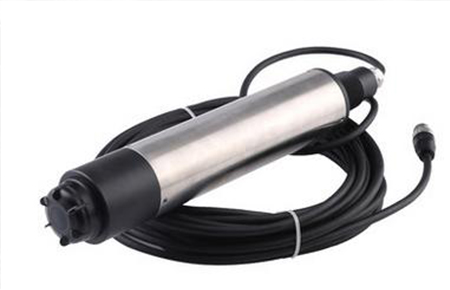
Introduction of Dissolved oxygen meter
Dissolved oxygen refers to the amount of oxygen dissolved in water, usually recorded as DO, expressed in milligrams of oxygen per liter of water (in mg/L or ppm). Some organic compounds are biodegraded under the action of aerobic bacteria, which consumes the dissolved oxygen in the water, and th...Read more -
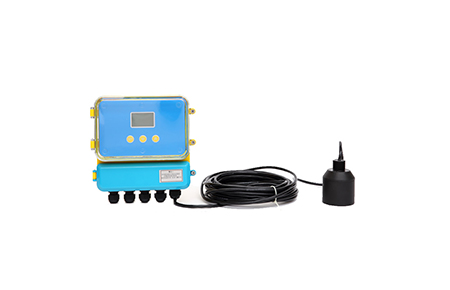
Technical troubleshooting tips for common faults of ultrasonic level gauges
Ultrasonic level gauges must be very familiar to everyone. Because of the non-contact measurement, they can be widely used to measure the height of various liquids and solid materials. Today, the editor will introduce to all of you that ultrasonic level gauges often fail and solve tips. The firs...Read more -
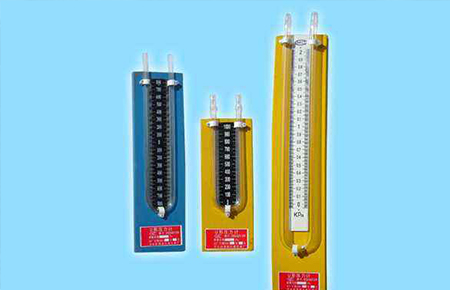
Detailed knowledge—Pressure measuring instrument
In the chemical production process, pressure not only affects the balance relationship and reaction rate of the production process, but also affects the important parameters of the system material balance. In the industrial production process, some require high pressure much higher than atmospher...Read more -

Introduction of ph meter
Definition of ph meter A pH meter refers to an instrument used to determine the pH value of a solution. The pH meter works on the principle of a galvanic battery. The electromotive force between the two electrodes of the galvanic battery is based on Nerns’s law, which is not only related to...Read more -

Definition and difference of gauge pressure, absolute pressure and differential pressure
In the automation industry, we often hear the words gauge pressure and absolute pressure. So what are gauge pressure and absolute pressure? What is the difference between them? The first introduction is atmospheric pressure. Atmospheric pressure: The pressure of a column of air on the earth’...Read more




